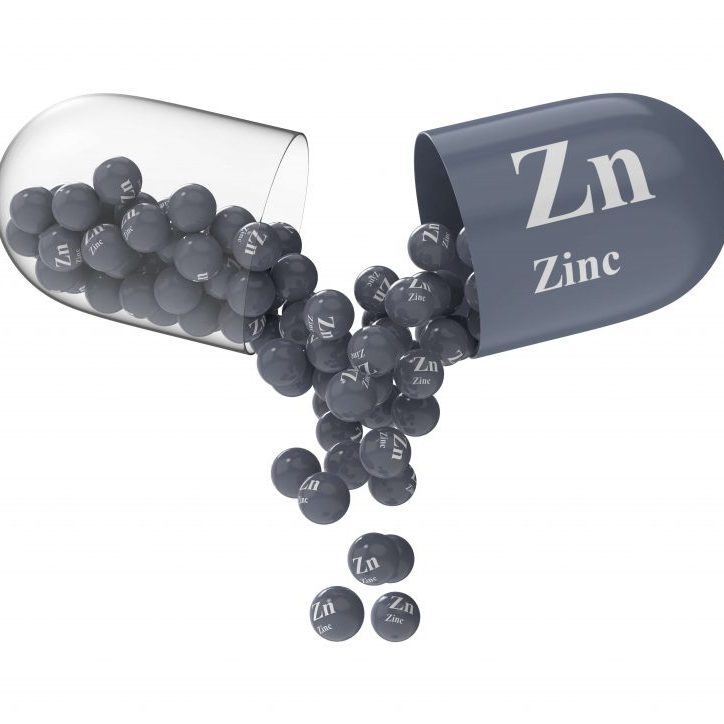
The Mechanism of Tannin
Tannins are big molecules that are not absorbed. Their effects are therefore limited to the digestive tract. Furthermore, an effect is described by inhibition of digestive enzymes.
Hydrolyzed Tannins (HT) may be degraded by esterase to gallic acid, which is absorbed through the small intestinal mucosa and can cause toxic effects in the liver. In addition to these effects, tannin-protein interactions are also described, although they depend on the structure of the two reaction partners: proteins that have a high affinity to tannins are characterized by large molecular weights, open and flexible structures and are rich in proline. (HAGERMAN and BUTLER, 1981).
The interaction between tannins and proteins and the role of proteins in this interaction led to the discovery of proline-rich proteins: the fungus Coletotrichum graminicola produces its spores in water-soluble Muccus, which contains proline-rich glycoproteins and has a high affinity for condensed tannin. In the absence of these glycoproteins, germination of these spores is severely inhibited by phenolic compounds, including tannins. (MEHANSHO et al., 1987)
Carbohydrate-tannin interactions occur via hydrogen bonds or are based on hydrophobic bonds: polysaccharides have the ability to form hydrophobic cavities; these allow complexes with tannin and other lipophilic molecules. Since carbohydrates are usually highly soluble, carbohydrate-tannin interactions are rare. They only go through low solubility, higher molecular weight and conformative flexibility carbohydrates.



